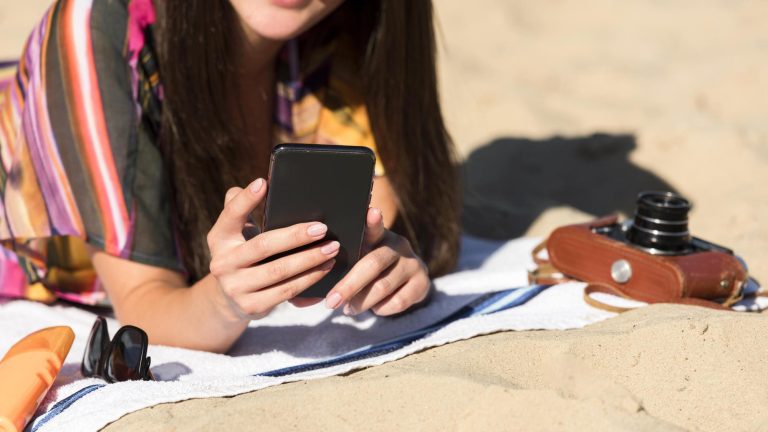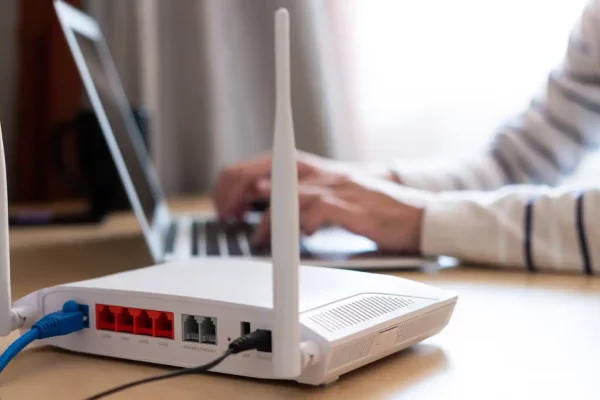Introduction
Summer heat doesn’t just affect people; electronic devices, especially smartphones – the ones we usually carry with us – also suffer. In fact, this season sees the highest number of device breakdowns, with one out of every three occurring during the months of July and August, according to a survey conducted by Portaltic/EP. Most of these breakdowns are due to careless usage in situations involving heat, humidity, and various neglectful actions. The reality is that (almost) all of these issues are preventable.
Keep it Out of the Sun
Exposing your mobile phone to direct sunlight can rapidly increase its temperature, affecting its performance. The optimal operating temperatures for smartphones typically range from 0 to 40°C (32 to 104°F), as specified in their technical sheets. Beyond this range, there’s a high probability of damaging the battery (which occurs above 50°C or 122°F), screen, or internal electronics. If you notice your device overheating, it’s necessary to turn it off until it returns to a normal temperature.
Charge Without a Case
It’s normal for a phone to increase in temperature while charging, especially when using fast or wireless charging modes. However, if it exceeds certain limits, action must be taken. Two effective measures are removing the case during charging and avoiding usage while connected to the power source.
Many devices come with built-in safety measures. For example, Samsung devices automatically decrease screen brightness and device speed, close apps, and only leave emergency call functionality available when overheating is detected. iPhones, on the other hand, slow down or stop charging until cooled, dim or turn off the screen, and switch antennas to low power mode, reducing coverage.
Avoid Overexertion
Intensive use of the device can raise its internal temperature. In hot weather, it’s advisable not to stress it too much by performing tasks like gaming or editing images and videos. Experts even suggest more drastic measures such as reducing screen brightness, turning off Bluetooth and GPS, closing unused apps, disabling data usage, etc.
Keep it Away from Water
While your smartphone may have some water resistance certification, it’s essential to exercise caution. Though technically waterproof, many manufacturers caution against submerging phones in water for recreational activities like beach or poolside use. Certification tests are conducted in laboratories using freshwater, and exposure to saltwater or chlorine can damage the device. Therefore, if you intend to use your phone during aquatic activities, it’s best to invest in a sealed waterproof case.
Conclusion
In conclusion, protecting your smartphone from summer heat is crucial to ensuring its longevity and optimal performance. By following the aforementioned tips – keeping it out of direct sunlight, charging without a case, avoiding overexertion, and being cautious around water – you can significantly reduce the risk of damage. Remember, prevention is key, and taking simple precautions can save you from the inconvenience and expense of a malfunctioning device. Stay cool, stay connected!


